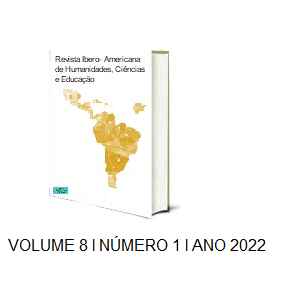AVALIAÇÃO DA RUGOSIDADE Ra OBTIDA POR RETÍFICA PLANA COM ACIONAMENTO MANUAL E PNEUMÁTICO DO EIXO TRANSVERSAL
DOI:
https://doi.org/10.51891/rease.v8i1.3798Keywords:
: Flat grinding. Machining. Dive speed. Roughness.Abstract
This study aims to evaluate the machining quality obtained in a flat grinding machine based on pre-established operational parameters. Therefore, the surface roughness of specimens ground using two types of transverse axis drive was compared: manual and pneumatic. The translation dive speed (Vw) promoted by the transverse axis was measured through video analysis. Machining was performed on eleven specimens with two faces each, made of hot forged steel, heat-treated to achieve a minimum surface hardness of 60 HRc. Twelve faces were machined to characterize the manual process, where dive speed is imposed by four different operators. Nine other faces were divided into three pneumatically driven machining operations, with a nominal dive speed of 12 m/min. The results of speed (Vw) and roughness Ra measurements confirmed the expectation of greater uniformity provided by pneumatic actuation compared to manual actuation of the transverse axis. During machining, the other machine parameters remained constant, being: the grinding wheel used Al2O3, the grinding wheel speed 20 m/s, working penetration 15 µm, and finally, the cutting fluid Ultracut 360 in a concentration of 1.5 %.
Downloads
Downloads
Published
How to Cite
Issue
Section
Categories
License
Atribuição CC BY

